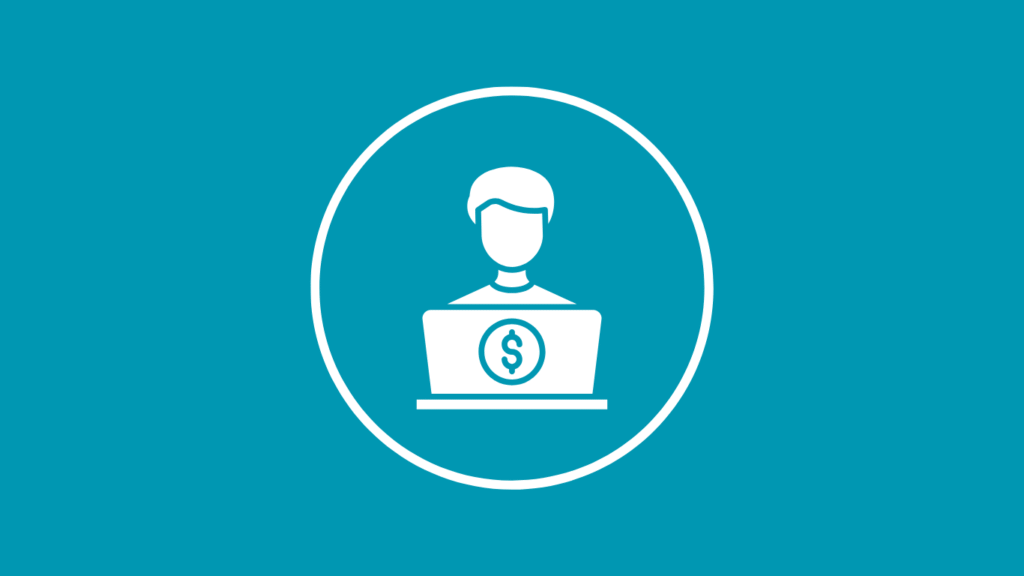In the digital era, freelancing has emerged as a powerful way to earn a living, especially for beginners looking to work remotely and build a sustainable income. With the rise of remote work and gig economies, freelancing platforms serve as a bridge between clients and freelancers worldwide.
Whether you are a writer, designer, developer, marketer, or virtual assistant, freelancing offers a flexible path to grow your career without geographical limits. This article outlines the top freelancing platforms for beginners to earn money online, offering insights into their features, advantages, and suitability.
Why Freelancing is a Great Choice for Beginners
Freelancing is more than a side hustle-it’s a legitimate career path. Here are a few reasons why freelancing is ideal for beginners:
- Low Barrier to Entry: Most platforms allow you to start without experience.
- Skill Monetization: You can turn your existing skills into income.
- Global Clients: Work with companies and individuals around the world.
- Flexible Schedule: Set your own working hours and deadlines.
- Portfolio Building: Great way to gain experience and build a portfolio.
“Freelancing empowers individuals to design the life they want through skills and internet access.” – Anonymous
Best Freelancing Platforms for Beginners
Below is a detailed comparison of the most popular freelancing websites for newcomers.
1. Fiverr
Website: fiverr.com
Fiverr is one of the most beginner-friendly platforms where freelancers create “gigs” based on their services. Clients browse and buy these gigs starting at $5.
Pros:
- No bidding required
- Easy to use interface
- Great for creative professionals
Cons:
- High competition
- Platform fees can be high (20%)
2. Upwork
Website: upwork.com
Upwork connects freelancers with clients through job proposals. It’s one of the largest freelancing platforms and supports hourly and fixed-price jobs.
Pros:
- Large pool of clients
- Secure payment system
- Supports long-term contracts
Cons:
- Can be hard to get first job
- Upwork charges a sliding fee (5%-20%)
3. Freelancer.com
Website: freelancer.com
Freelancer.com allows users to bid on various projects posted by clients. It also hosts contests for designers, writers, and developers.
Pros:
- Multiple job categories
- Contests help beginners get noticed
- Time-tracking tools available
Cons:
- Limited free bids per month
- Platform fees
4. PeoplePerHour
Website: peopleperhour.com
PeoplePerHour connects clients and freelancers through “hourlies” or custom job proposals. It’s popular in the UK and Europe.
Pros:
- Quality-focused platform
- Option for hourly or project-based work
- Strong community features
Cons:
- Approval process for freelancers
- Niche-focused platform
5. Toptal (For Skilled Beginners)
Website: toptal.com
Toptal is more exclusive, accepting only the top 3% of freelancers. It’s a good choice for skilled beginners who want premium clients.
Pros:
- High-paying jobs
- Access to top companies
- Long-term opportunities
Cons:
- Rigid screening process
- Not for absolute beginners
Comparison Table of Top Freelancing Platforms
| Fiverr | Creatives, Small Gigs | 20% per order | High | Fixed-price gigs |
| Upwork | All skill types | 5-20% per contract | Medium | Hourly & Fixed |
| Freelancer.com | General freelancers | Various fees | Medium | Bidding/Contests |
| PeoplePerHour | Hourly project work | 20% on initial $350 | Medium | Hourly or fixed |
| Toptal | Experts & Developers | Negotiated | Low | Premium Projects |
How to Choose the Right Platform as a Beginner
Choosing the right freelancing platform depends on your skill set, goals, and how much effort you can put into building a profile.
Here are some factors to consider:
- Ease of Use: Look for a user-friendly dashboard.
- Payment Security: Choose platforms with escrow systems.
- Client Base: Larger platforms may offer more opportunities.
- Niche Alignment: Some platforms cater to specific industries.
It’s often wise to start with Fiverr or Upwork to build a portfolio, then move to premium platforms like Toptal once experienced.
Tips for Succeeding as a Beginner Freelancer
Getting started is one thing; succeeding is another. Here’s how you can make the most of freelancing:
- Build a Strong Profile Write a compelling description, add relevant skills, and upload a professional photo.
- Start Small Take on small, low-paying jobs initially to gain ratings and feedback.
- Always Communicate Clearly Good communication builds trust and results in better ratings.
- Meet Deadlines Reliability will make clients come back for more.
- Keep Learning Use free platforms like Coursera or edX to upgrade your skills.
Real Success Stories from Beginners
Many freelancers started with no experience and now earn full-time incomes. For instance:
- Sarah, a graphic designer, began on Fiverr with logo design and now earns over $3,000/month.
- Rafiq, a Bangladeshi content writer, used Upwork to get his first client and now runs a team of freelancers.
These stories show that consistent effort and learning lead to sustainable success.
Q&A Section (FAQ)
Q1: Can beginners really earn money on freelancing platforms? Yes. While competition is high, beginners can earn by starting with small gigs, improving profiles, and consistently delivering quality work.
Q2: Which freelancing platform is easiest for beginners? Fiverr is generally considered the easiest due to its simple gig system, while Upwork requires proposals and a stronger profile.
Q3: Do I need a degree or certificate to start freelancing? No formal degree is required. Your skills, portfolio, and client feedback matter more than academic qualifications.
Q5: How do I get my first freelancing job? Start by optimizing your profile, choosing a niche, bidding competitively, and overdelivering on your first few projects to build a strong rating.


